Information Security and Risk Management Strategy in Small Businesses
VerifiedAdded on 2020/05/03
|6
|1137
|95
Report
AI Summary
This report examines the crucial aspects of information security and risk management strategies tailored for Small and Medium Enterprises (SMEs). It begins by highlighting the importance of IT and network security for business operations, emphasizing the need to protect data against security breaches. The report reflects on the significance of addressing financial losses resulting from security incidents. It explores effective risk management strategies, including the identification, selection, and implementation of countermeasures to reduce identified risks, while also considering the challenges of limited resources and staff training. The analysis delves into the categorization of risks, including natural, malicious, and systematic failures, and their impact on business decisions. It also addresses the need for continuous monitoring of risk sources and the importance of adapting to the latest technologies for industrial growth. The report reflects on strategic thinking and decision-making processes within SMEs, the role of formal business planning, and the significance of training and development in enhancing security awareness. The conclusion emphasizes the importance of risk analysis to avoid security issues and discusses the challenges SMEs face in improving their security postures. References to relevant research are included.
1 out of 6
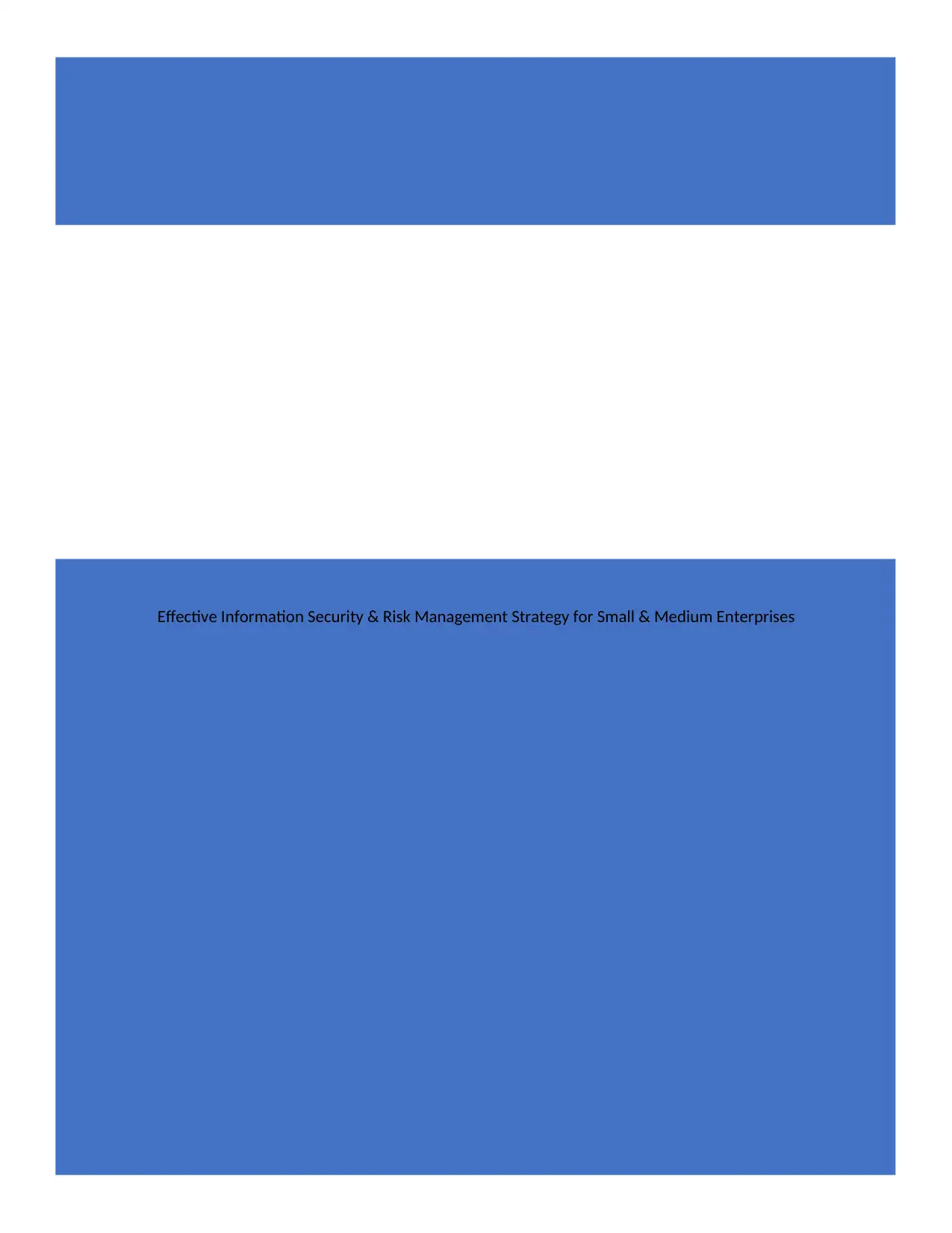
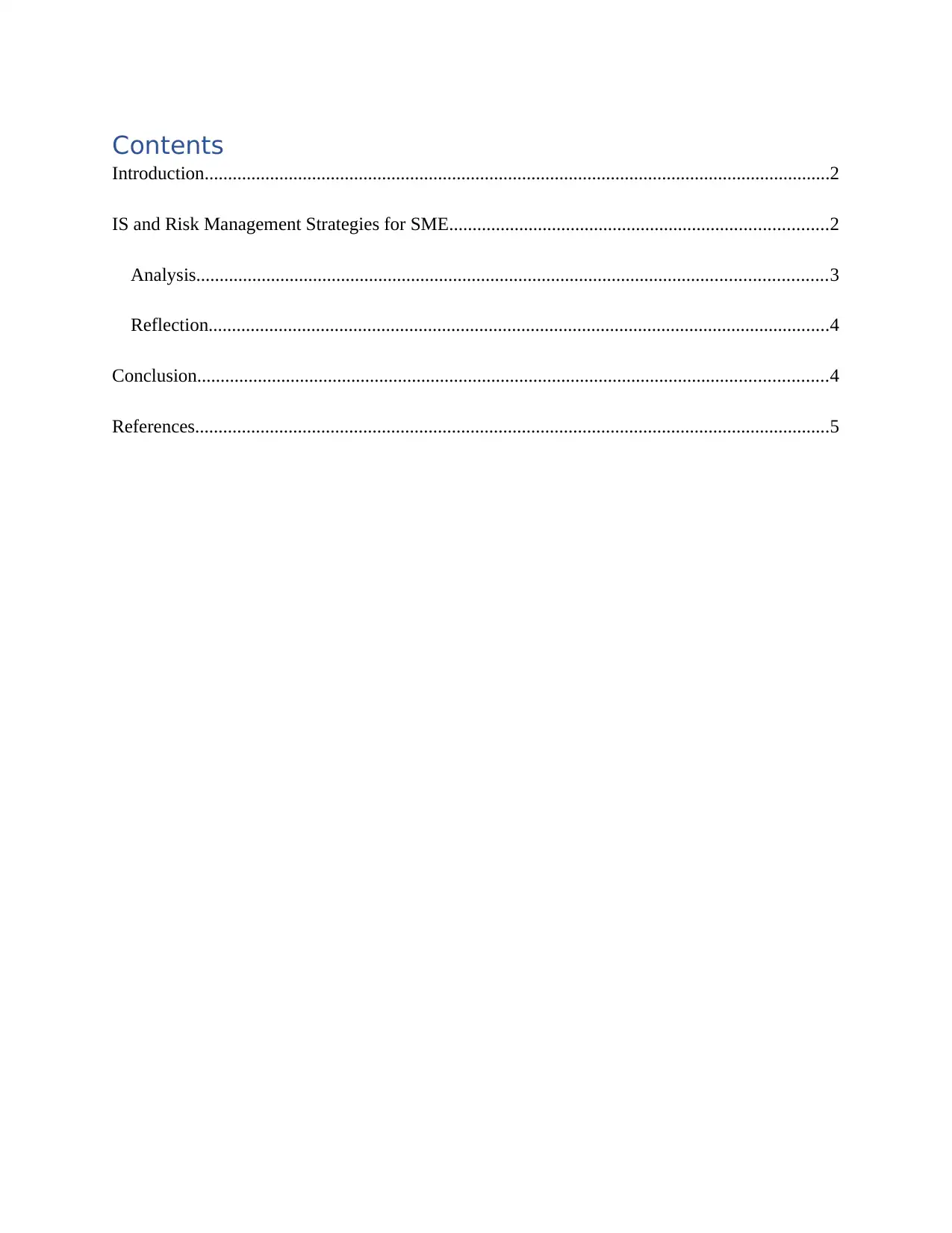
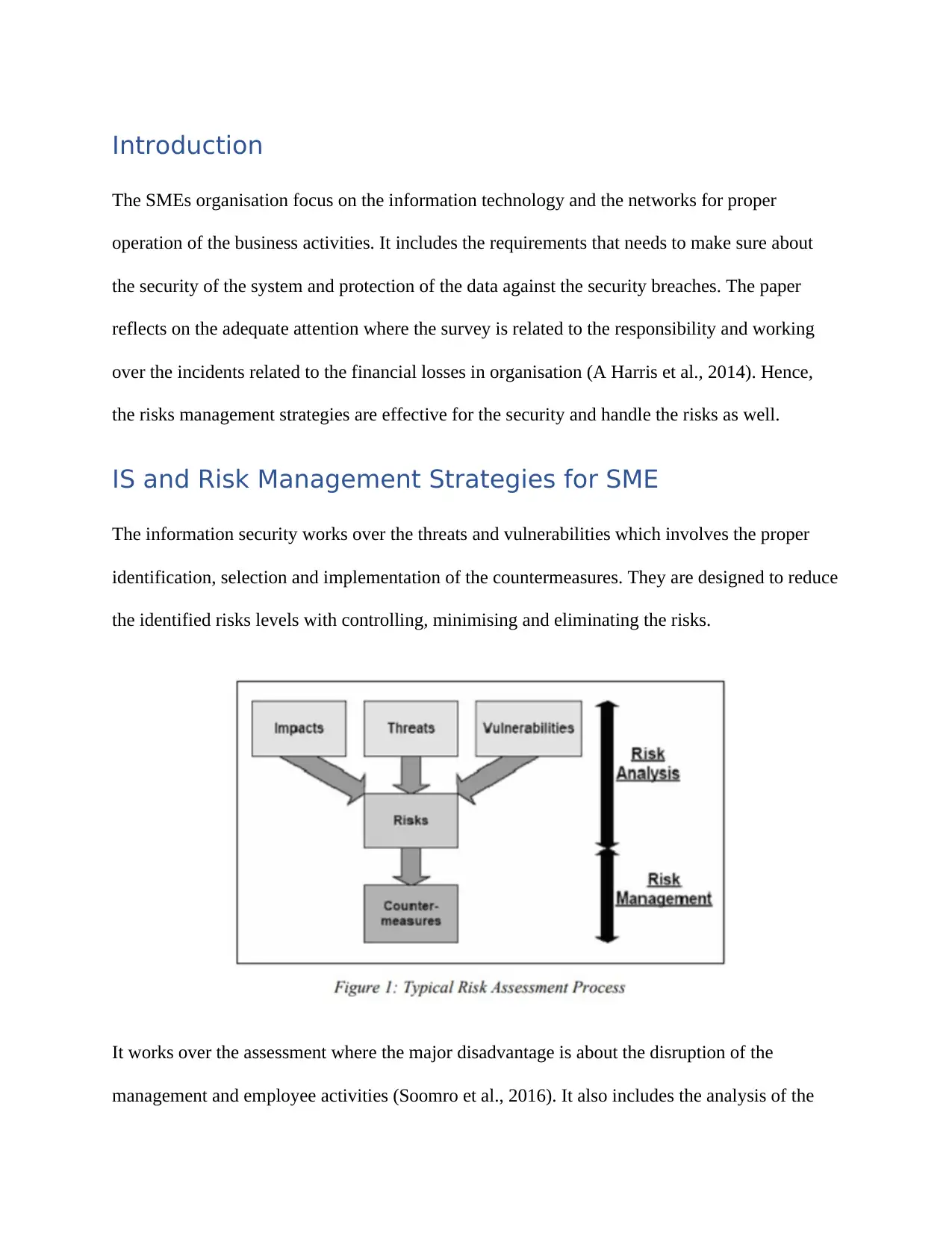

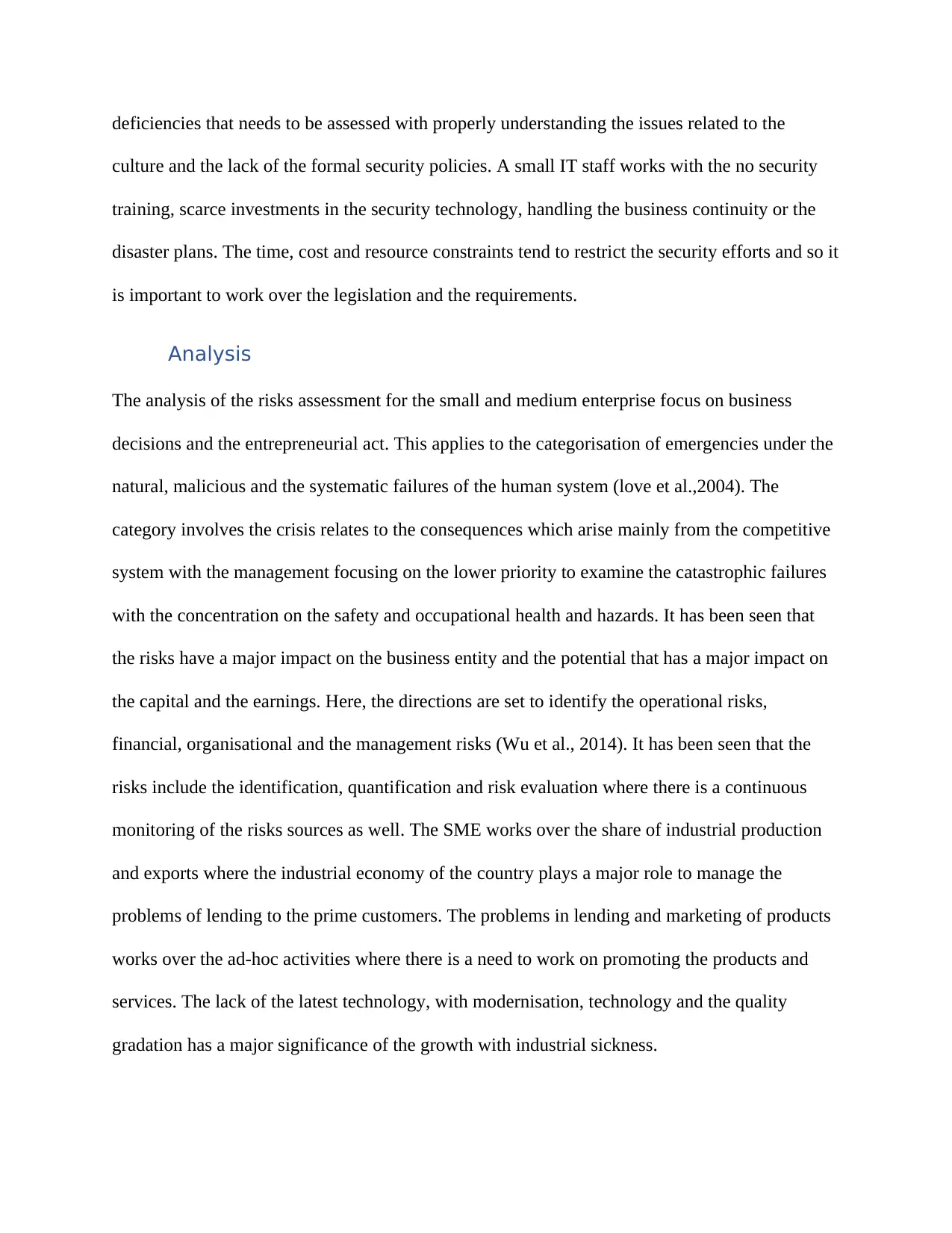
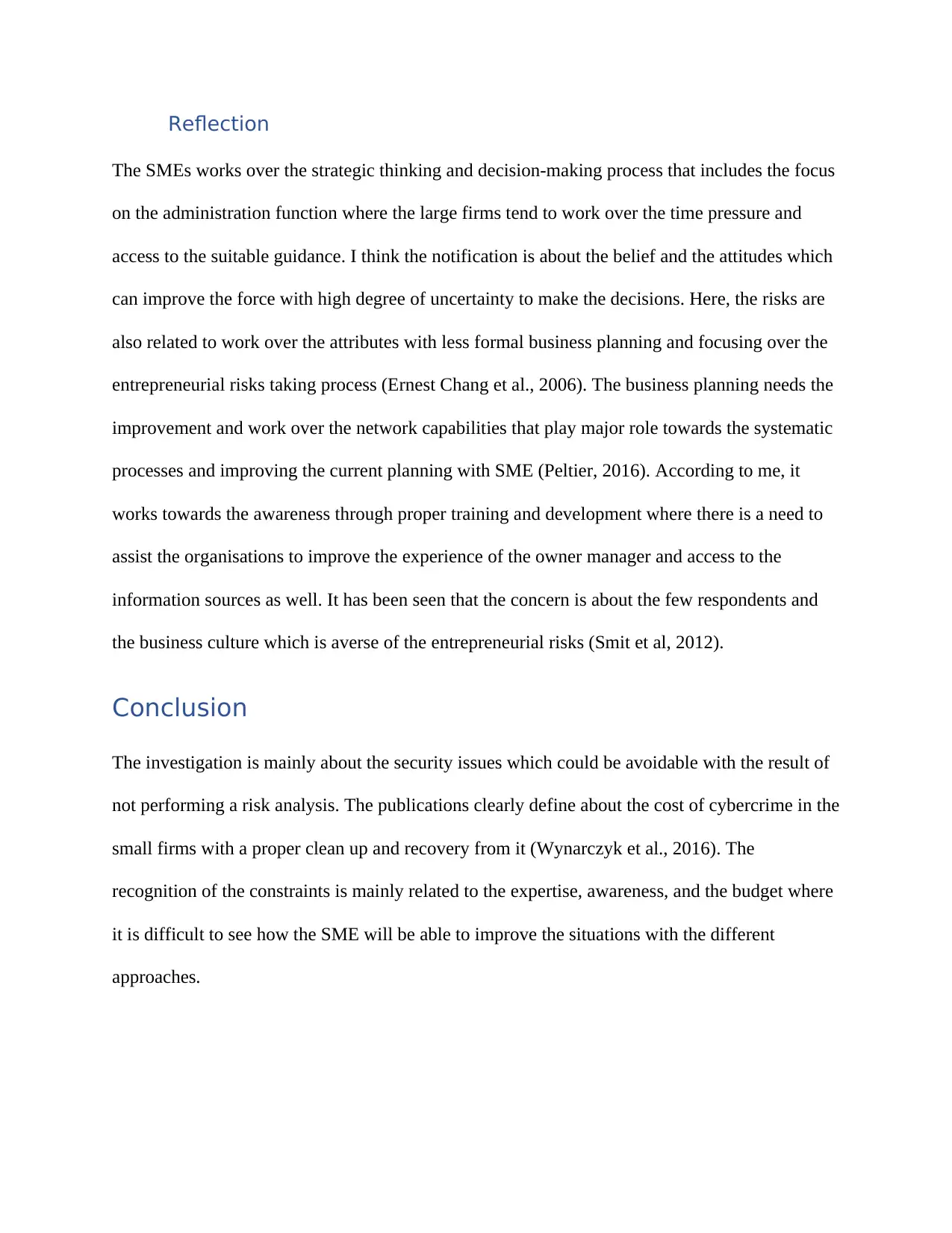
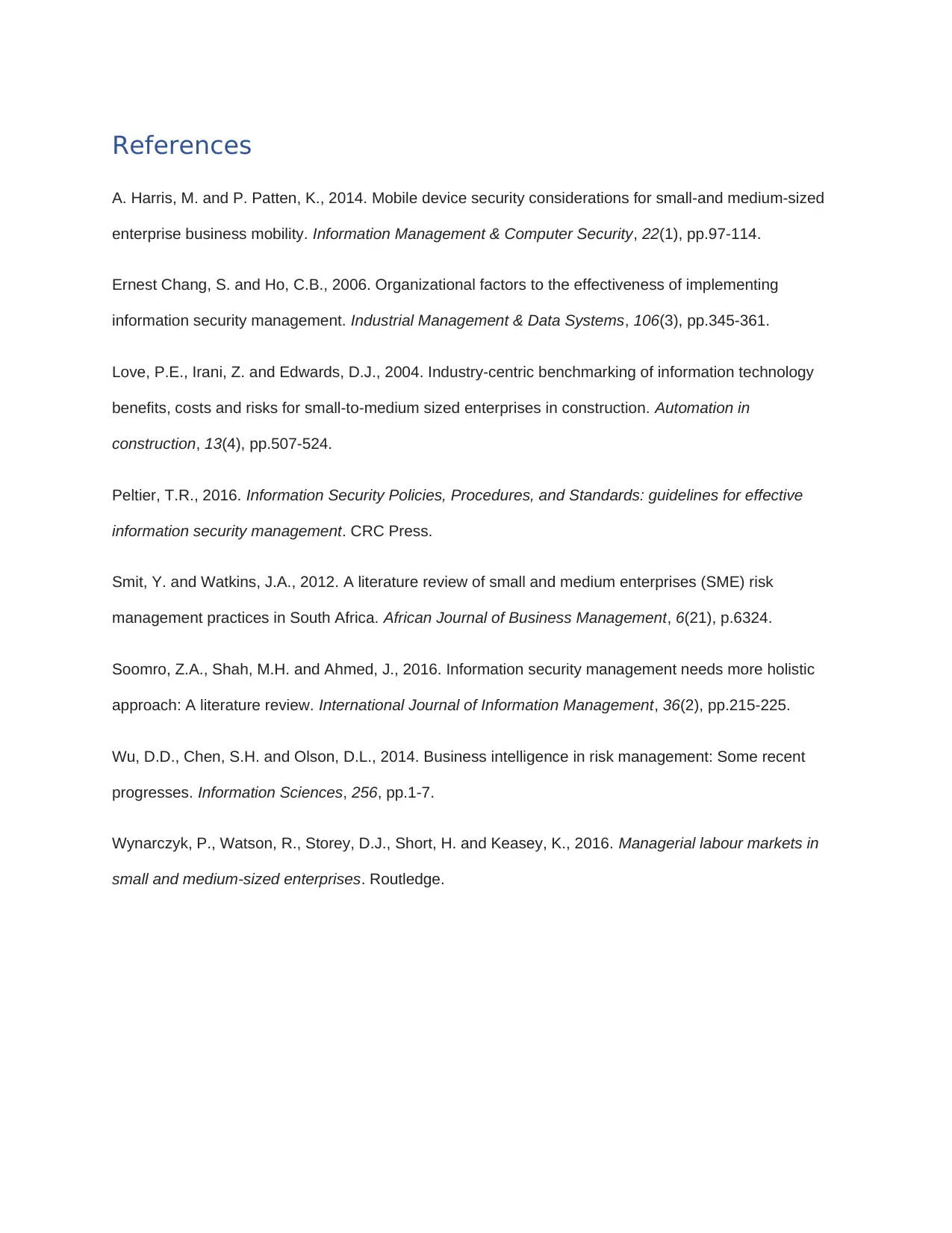






![[object Object]](/_next/static/media/star-bottom.7253800d.svg)